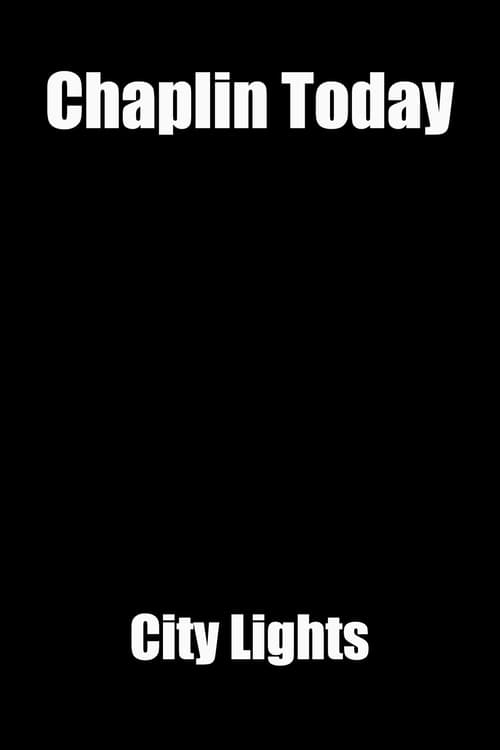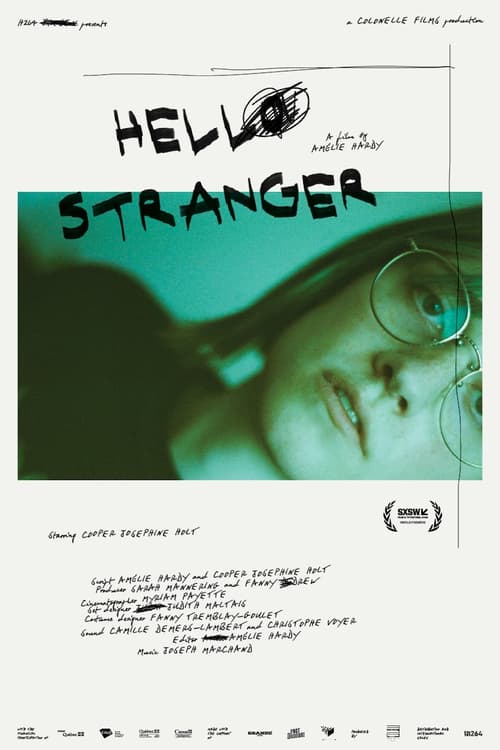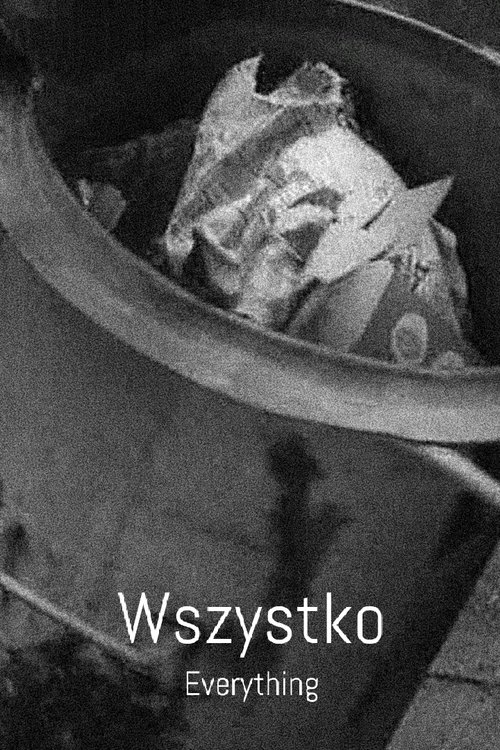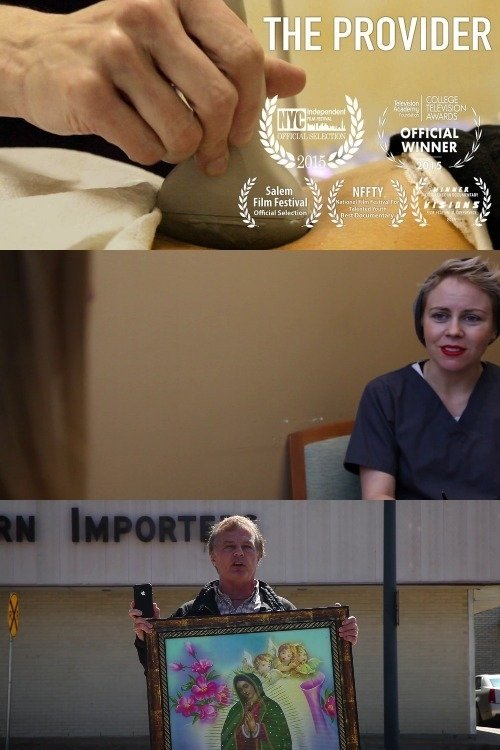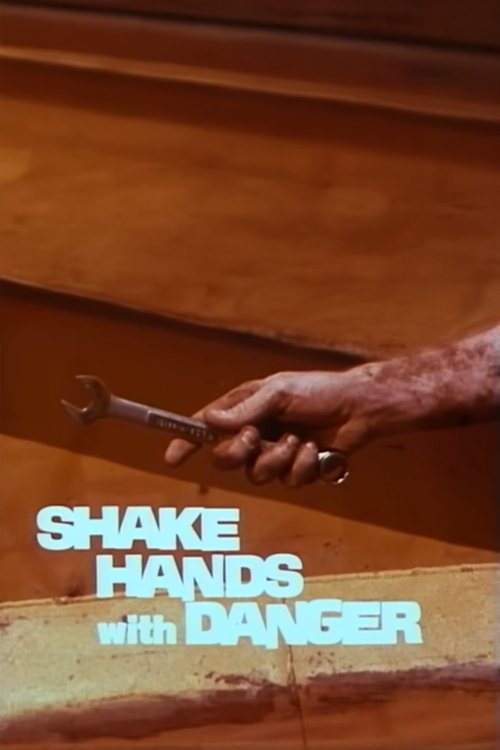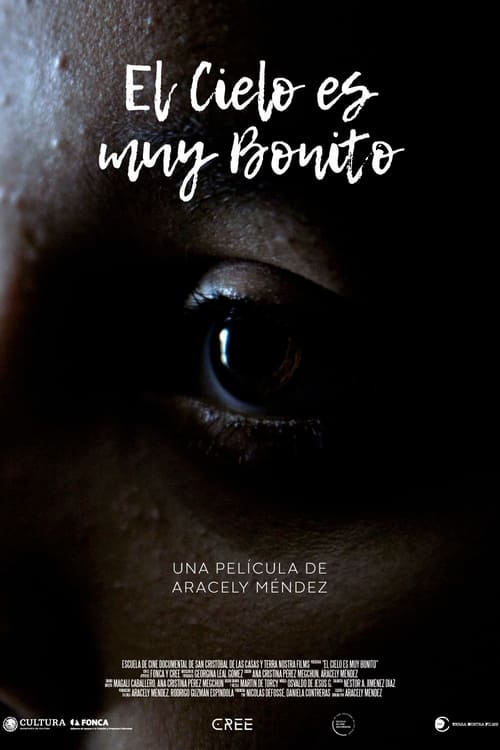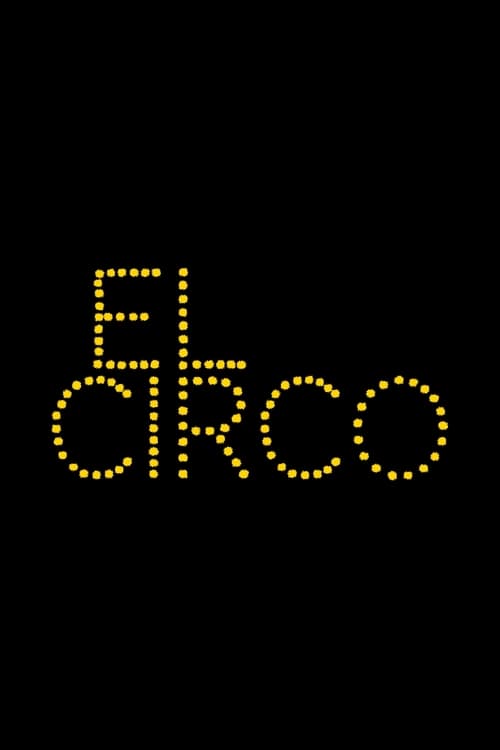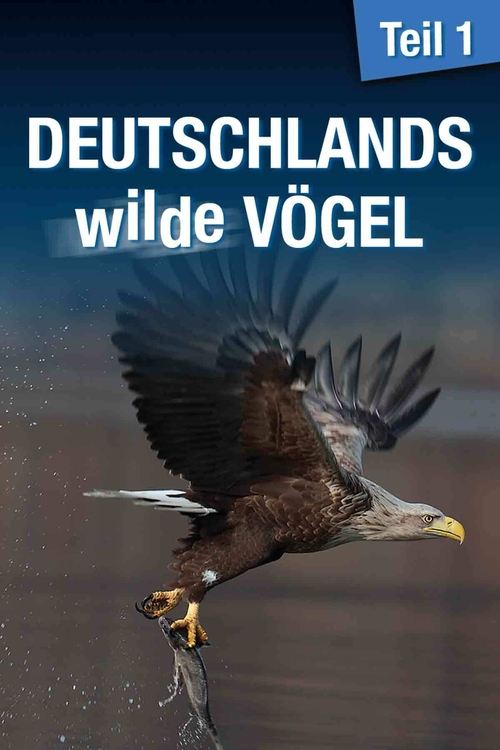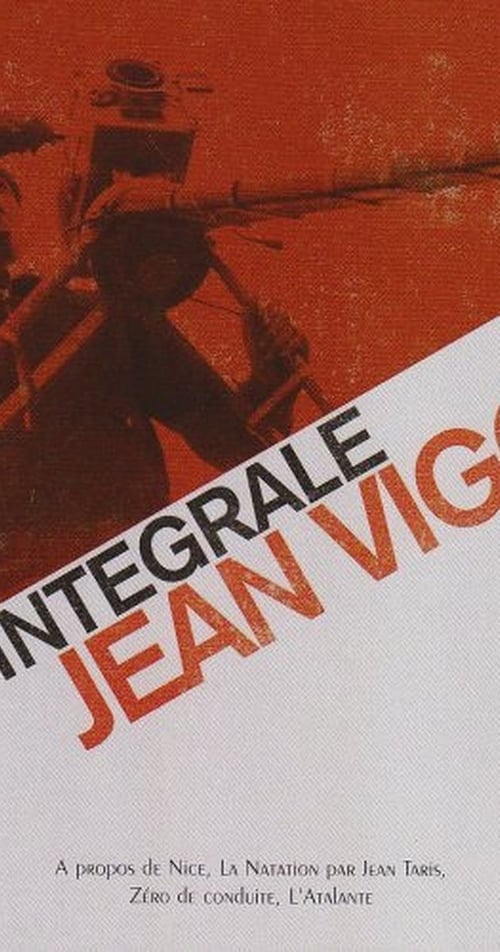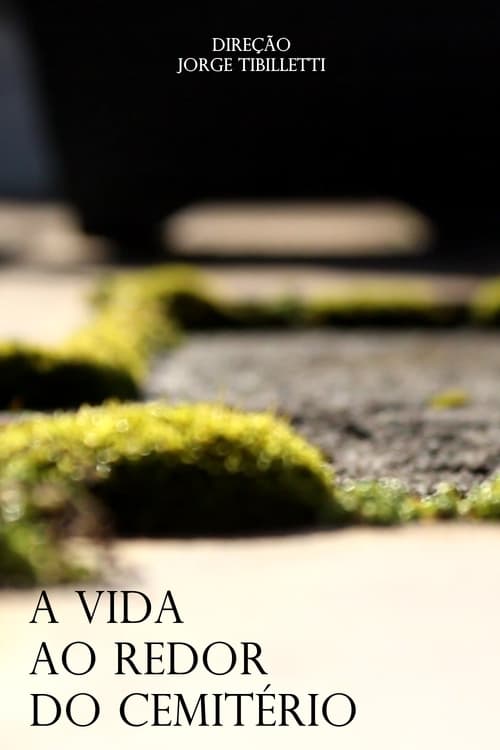Frans Lanting: The Evolution of LIFE
A dazzling journey through time via the remarkable images of National Geographic photographer Frans Lanting and his epic "LIFE" project, which presents a stunning interpretation of life on Earth, from the Big Bang through the present.
Cast

Abigail Allwood
as Herself

Elizabeth Cheng Krist
as Herself

Christine Eckstrom
as Herself

Andrew Knoll
as Himself

Frans Lanting
as Himself

Russell A. Mittermeier
as Himself

E.O. Wilson
as Himself

Richard Zurek
as Himself
